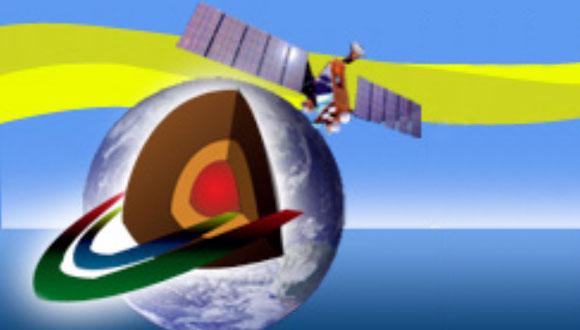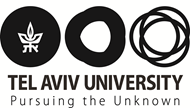Dept. of Geosciences Colloquium: Unraveling River Dynamics with High Spatio-Temporal Resolution Data
Dr. Ron Nativ, University of Rennes
Zoom: https://tau-ac-il.zoom.us/j/83800936221?pwd=dHQ5b0pYdWV3SzN1amNPanRQUnc4QT09
Abstract:
Rivers play a crucial role in mobilizing water and sediments from source to sink, profoundly influencing landscape formation. Flow turbulence, sediment transport, and erosion, work together to establish river morphology in equilibrium with climate and tectonics, reflecting the intricate dynamics of fluvial processes. Understanding these processes in natural environments is challenging due to their complex behavior and spatiotemporal dynamic interactions, as well as the destructive forces involved in flow and sediment mobilization, which often restrict collecting direct measurements. These challenges make it difficult to obtain accurate and reliable data across multiple locations and over extended periods. In this talk, I will present two studies designed to address some of these challenges.
First, I will introduce the field of environmental seismology, which aims to unravel time-dependent dynamics of Earth surface processes, commonly through measurements taken at specific locations over months, with millisecond-scale resolution. I will present a field experiment conducted in the Liwu River, Taiwan, in 2019. Seismic and acoustic measurements were collected near rivers with contrasting bed grain sizes during both low and high flood conditions. Analysis of seismic spectra reveals that boulder-bed streams emit seismic energies with dominant frequencies more than twice those of streams with smoother beds. This observation remains consistent over a two-months period without sediment transport and is unaffected by weather conditions. I show that as boulders constrain turbulent eddy formation, their size decreases, leading to a scaling relationship between seismic frequency and boulder spacing that aligns well with the field seismic data.
Second, I will present an ongoing study focused on understanding how extreme floods drive morphological changes in rivers using remote sensing methods. This study uses a unique dataset from Topo-Bathymetric LiDAR surveys conducted along 20 km of the Ardeche River, France, before and after the October 2021 flood (discharge = 2000 m³/s). The preliminary stage of the study involves a classification process to maximize the data signal-to-noise ratio. A random forest-based algorithm is trained to filter out noise, enhancing the quality of the topographic data. An elevation grid is then created, and numerical simulations of the shallow water equations yield maps of flow depth, velocity, and shear stress. A surface change algorithm is applied to the before-and-after point clouds revealing that the ~20 km canyon section mobilizes sediments in the form of active bedforms, with erosion and deposition being substantially higher on emerged bars compared to straight sections. The results provide an unprecedented spatial perspective on erosion and deposition patterns, highlighting the geomorphic significance of actively eroding river meanders.
My talk will address how collecting data at sub-cm, millisecond resolutions, can unravel the dynamics of Earth surface processes, assist in understanding their translation to landscape morphology across timescales, and potentially enhance early warning systems for hazardous regions.
Event Organizer: Dr. Roy Barkan


